Ciguatera Poisoning British Virgin Islands
What is the risk of Ciguatera poisoning?
So you know, this is for the fishermen! We had this page on our old blog site and took it down as it did not specifically pertain to booking crewed charter yachts. I received several requests to put it back, as fishermen used it as a reference guide. Therefore, I have put it back.
We have plenty of perfectly safe fish, and our crews know where to get it. However, this is something to be aware of throughout the Caribbean and Indian Ocean.
Ciguatera poisoning is a foodborne illness caused by eating certain reef fish with toxins contaminating their flesh.
Ciguatera is initially produced by dinoflagellates such as Gambierdiscus toxicus, which live in tropical and subtropical waters. The Caribbean Sea is one of these locations.
These dinoflagellates adhere to coral, algae, and seaweed, eaten by herbivorous fish, which larger predatory fish eat.
In this way, the toxins move up the food chain and biomagnify.
Gastrointestinal Symptoms
Gastrointestinal symptoms include nausea, vomiting, and diarrhea, usually followed by neurological symptoms such as headaches, muscle aches, paresthesia, numbness, vertigo, and hallucinations.
Severe cases of contaminated fish can also result in cold allodynia, which reverses the sensation of hot and cold. Cold items may feel hot, and hot things may feel cold. Neurological symptoms can persist for months.
Ciguatera poisoning is occasionally misdiagnosed as multiple sclerosis.
There is only one way to avoid cases of Ciguatera altogether. Don’t eat tropical reef fish.
A reef can become Ciguatera active for many reasons, but the main ones are runoff, damage, or stress to the living reef.
Ciguatera poisoning in the BVI
This page is not meant to scare you but will help you decide when you are curious if you can eat that fish you just caught!
Fish caught to the south of the island chain must be suspect, while fish caught to the North are usually safe.
What does it all mean in conjunction with this fish list?
The 88 fish species listed towards this page’s bottom are the most common catches in the Virgin Islands.
If you are fishing in the Sir Francis Drake Channel or on the South Side of the Islands, consider our list.
If fishing on the north side of the islands, then all fish except Jacks and Barracuda are often eaten without incident.
What would I do?
Follow the guide, regardless of where you are fishing. I would NOT stop fishing; some of your most enjoyable times out on your charter yacht are hanging on the back deck with a beer in hand at night.
Turn on the lights and watch the fish on the bottom. Dangle a line in and see what you catch.
I would never consider eating a fish listed as high risk from anywhere PERIOD.
I would never consider eating a fish listed as a FREQUENT poisoner from the south side or within the Sir Francis Drake channel. However, a smaller specimen from the north side would be dinner.
I would not eat an INFREQUENT poisoner from the south side.
Smaller Specimens
A smaller specimen from the channel or any size from the north side should be ok.
When I say smaller, I mean younger. A fish that grows to 3 feet is still young if 2 feet long. A fish that only grows to 8 inches is not considered small, even though it is only 8 inches.
A seldom poisoner from anywhere should be good; if I caught a large specimen on the south side, I probably would still not eat it.
Again, please take a look at the pictures carefully; for example, the Rock hind and the Red hind look very similar; however, one is rare, and the other is a frequent ciguatera poisoner.
There are no guarantees; This fish rating is compiled from many years of commercial catches.
Both I and H2O Luxury Yachts give no guarantees and assume zero responsibility.
Similarities of fish species
Many fish species look very similar, look carefully! One fish type may be safe, but its very close-looking cousin may not. Look at the Dog snapper and the Gray snapper. They look very similar, but they have very different risks.
Horse Eye Jacks are regularly caught off the back of the boat throughout the Virgin Islands. It is not uncommon to snag 5 or 6 in an evening.
They are great fighters on light gear and make fantastic shark live baits; however, they are on the top of the list for Ciguatera poisoners.
If you are interested in chartering a yacht and fishing or going on a serious fishing charter, please use our experience to your advantage.
Fish List of Potential Ciguatera poisoning British Virgin Islands
If you know the general fish type, click to jump down the list. Otherwise, scroll down for the pictures of each fish.
General Fish Ciguatera poisoning
Great Barracuda is HIGH-RISK
Barracuda- Ciguatera Poisoning British Virgin Islands Spotted Scorpionfish are FREQUENT
Spotted Scorpion Fish Queen Triggerfish are FREQUENT
Queen Triggerfish Kingfish is FREQUENT
Kingfish Needlefish or Houndfish are INFREQUENT
Needlefish Squirrelfish are INFREQUENT
Squirrelfish Little Tunny is INFREQUENT
Little Tunny
Atlantic Bonito are INFREQUENT
Atlantic Bonito
Porcupine Fish is INFREQUENT

Balloon Fish are INFREQUENT

Southern Stingray is SELDOM
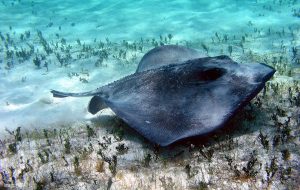
Nurse Shark is SELDOM

Ocean Surgeon Fish are SELDOM

Doctor Fish are SELDOM
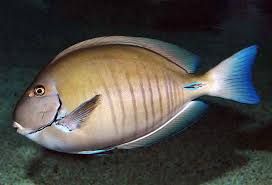
Blue Tang is SELDOM

Flounder are SELDOM

Atlantic Spade Fish is SELDOM

Seargent Major is SELDOM

Spotted Drum is SELDOM
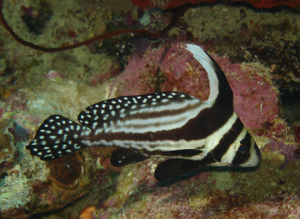
Jackknife Fish is SELDOM

SEA BASS AND GROUPERS Ciguatera Risk


Rock hind Fish is FREQUENT

Red Grouper are FREQUENT

Nassau Grouper are SELDOM

Yellowfin Grouper is FREQUENT
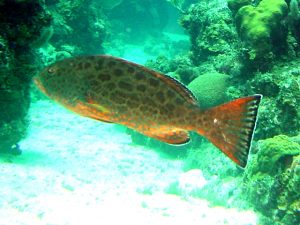
Butter (Black) Hamlet Fish is SELDOM
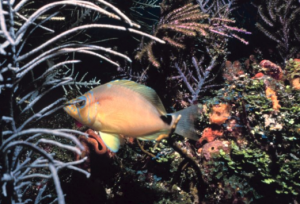
JACK Ciguatera Risk

Greater Amberjack is HIGH-RISK
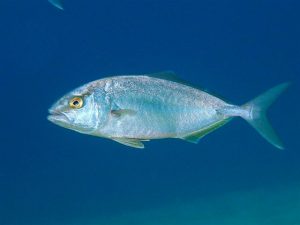
Horse Eye Jack is HIGH-RISK
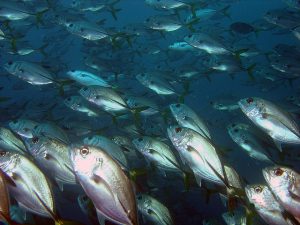
Bar Jack is HIGH-RISK

BlackJack is HIGH-RISK

Blue Runner Fish is INFREQUENT
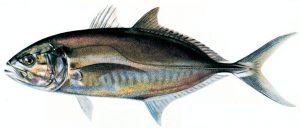
SNAPPER Ciguatera Risk
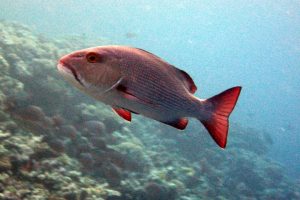
Blackfin Snapper are FREQUENT
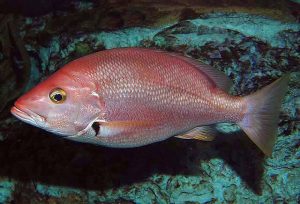
Mutton Snapper are SELDOM

Schoolmaster snapper are FREQUENT

Red Snapper is INFREQUENT
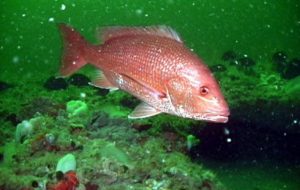
Gray Snapper is INFREQUENT

Dog snapper is HIGH-RISK

Mahogany Snapper are FREQUENT

Lane Snapper is SELDOM CIG
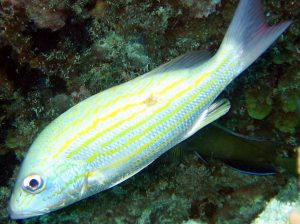
Yellowtail Snapper is SELDOM

Welchman Snapper is SELDOM

Eel Ciguatera Risk

Green Moray Eel is FREQUENT

Spotted eel are FREQUENT

GRUNT Ciguatera Risk

Black Margate are INFREQUENT

Porkfish are INFREQUENT
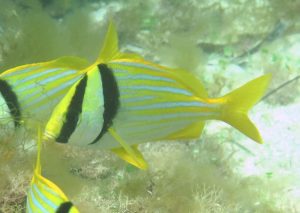
Margate is INFREQUENT

Tomtate is INFREQUENT

Black Grunt is INFREQUENT

French Grunt are INFREQUENT

Cottonwick Grunt is INFREQUENT

White Grunt is INFREQUENT

Blue Striped Grunt is INFREQUENT

Porgy Ciguatera Risk
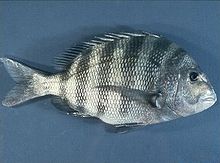
Saucer Eyed Porgy is INFREQUENT

Sheepshead Porgy is SELDOM

Pluma Porgy is SELDOM

Goatfish Ciguatera Risk
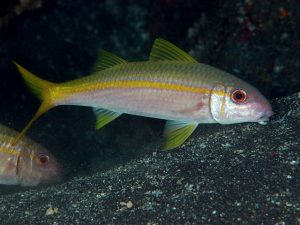
Yellowtail Goatfish is SELDOM

Spotted Goatfish is SELDOM
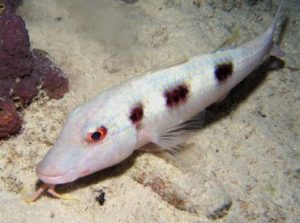
Butterfly Fish Ciguatera Risk

Four Eye Butterfly Fish is SELDOM

Reef Butterfly Fish is SELDOM

Banded Butterfly Fish are SELDOM

Angelfish Ciguatera Risk

Blue Angel Fish is SELDOM
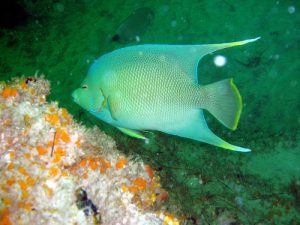
Gray Angelfish are SELDOM
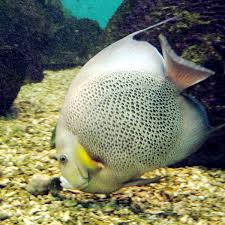
French Angelfish are SELDOM
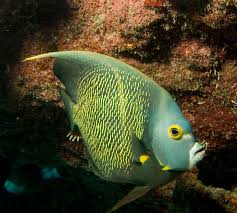
Rock beauty Angelfish are SELDOM

Parrot Fish Ciguatera Risk
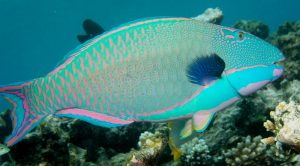
Blue Parrotfish are SELDOM

Striped Parrotfish are SELDOM
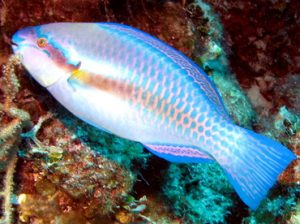
Princess Parrotfish are SELDOM
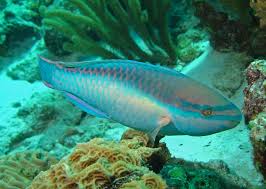
Queen Parrotfish are SELDOM

Redband Parrotfish are SELDOM

Red-Tailed Parrotfish are SELDOM

Redfinned Parrotfish are SELDOM

Bucktooth Parrotfish is SELDOM
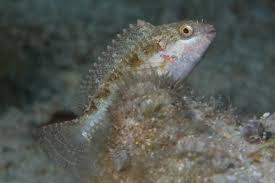
Stoplight Parrotfish are SELDOM
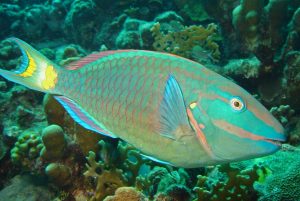
Hogfish Ciguatera Risk
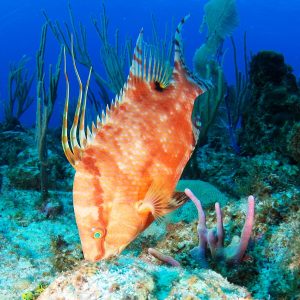
Pudding Wife is SELDOM
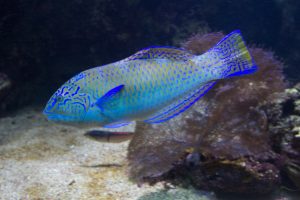
Filefish Ciguatera Risk

Scrawled Filefish is SELDOM

Orange Spotted Filefish is SELDOM

Fringed Filefish is SELDOM

Spotted Trunk Fish Ciguatera Risk

Smooth Trunkfish are INFREQUENT

Honeycomb Cowfish is INFREQUENT

Scrawled Cowfish is INFREQUENT

Fishing in the Virgin Islands Let’s give you a few links with more information about fishing on your BVI Charter Yacht!
How do I get more information?
Bazza Cooper is our resident fishing expert! Bazza spent twenty years fishing in the Caribbean, and the rest of his life, he fished weekly in Australia, including as a commercial shark fisherman in Southern Australia in his younger days.
Please feel free to contact us here and ask him any questions you need about fishing. We can also help you book that Crewed Charter Yacht to fulfill all your fishing dreams. This guide can be used generally throughout the Caribbean, which has some of the highest rates of Ciguatera in the world.
Still, search out LOCAL knowledge for the different countries down the Caribbean chain.









